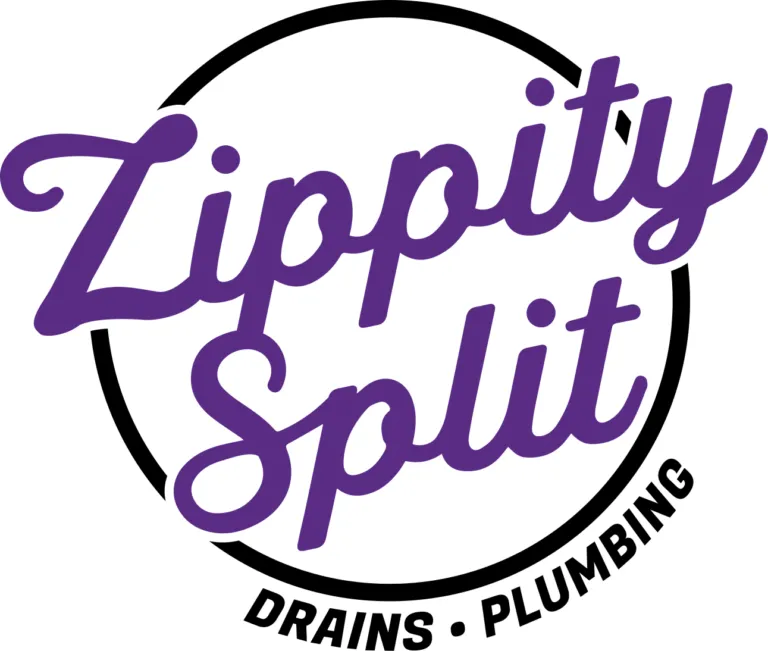Bidets are becoming increasingly popular in households around the world, thanks to their hygienic and eco-friendly benefits. If you’re considering adding a bidet to your bathroom, you’ve come to the right place. This comprehensive guide will walk you through the process of bidet installation, explaining everything from the basics of how a bidet works to the steps involved in installing a bidet on your own.
Understanding How a Bidet Works
Before diving into the installation process, it’s important to understand how a bidet works. A bidet is a plumbing fixture designed to clean the genital and anal areas after using the toilet. It typically uses a stream of water to provide a thorough cleanse, which can be more effective and comfortable than toilet paper. There are various types of bidets, including standalone units and attachments that can be added to your existing toilet.
Is a Bidet Sanitary?
One common question people have is, “Is a bidet sanitary?” The answer is a resounding yes. Bidets are designed to provide a more thorough cleaning than toilet paper alone. The water used in a bidet is fresh and clean, coming directly from your home’s water supply. Additionally, using a bidet can reduce the amount of toilet paper you use, which is not only better for the environment but also gentler on your skin.
Where Does Bidet Water Come From?
You might be wondering, “Where does bidet water come from?” The water used in a bidet comes directly from your home’s plumbing system. For bidet attachments and toilet seat bidets, the water is drawn from the same supply line that fills your toilet tank. Standalone bidets have their own dedicated water line. In either case, the water is the same clean, potable water that you use for drinking and bathing.
Can You Install a Bidet on Any Toilet?
A common concern for homeowners is whether they can install a bidet on any toilet. The good news is that most modern bidet attachments and toilet seat bidets are designed to fit a wide variety of toilets. However, it’s always a good idea to check the specifications of your toilet and the bidet you plan to install to ensure compatibility. Standalone bidets require more space and a separate plumbing connection, which might not be feasible in all bathrooms.
Steps for Installing a Bidet
Now that you understand the basics, let’s move on to the practical steps of installing a bidet. Here’s a step-by-step guide for a standard bidet attachment:
- Gather Your Tools and Materials: You’ll need a bidet attachment, a wrench, a screwdriver, and plumber’s tape.
- Turn Off the Water Supply: Locate the shut-off valve behind your toilet and turn it off. Flush the toilet to drain the tank.
- Remove the Toilet Seat: Use a screwdriver to remove the bolts securing the toilet seat. Set the seat and bolts aside.
- Install the Bidet Attachment: Place the bidet attachment on the toilet bowl, aligning the attachment holes with the bolt holes on the toilet. Use the provided bolts to secure the bidet attachment in place.
- Connect the Water Supply: Attach the bidet’s water supply hose to the fill valve on your toilet tank. Use plumber’s tape to ensure a tight seal. Connect the other end of the hose to the bidet attachment.
- Turn On the Water Supply: Slowly turn on the water supply and check for leaks. If everything is secure, your bidet is ready to use.
For more complex installations, such as standalone bidets or integrated bidet toilet seats, you may need to hire a professional plumber to ensure everything is installed correctly and safely.
Benefits of Using a Bidet
Using a bidet has numerous benefits beyond hygiene. Here are a few reasons why you should consider bidet installation in your home:
- Better Hygiene: Bidets provide a thorough clean, reducing the risk of irritation and infections.
- Eco-Friendly: By using less toilet paper, you’re contributing to a reduction in paper waste.
- Cost-Effective: While there’s an initial cost for installing a bidet, you’ll save money on toilet paper in the long run.
- Comfort: Many bidet users find the gentle stream of water more comfortable and soothing than wiping with toilet paper.
Conclusion
Bidet installation is a relatively simple process that can significantly enhance your bathroom experience. Whether you choose a bidet attachment, a toilet seat bidet, or a standalone unit, understanding how a bidet works and following the proper installation steps will ensure you enjoy all the benefits this fixture has to offer.
If you’re ready to improve your bathroom hygiene with a bidet or have any other plumbing needs, don’t hesitate to contact Zippity Split Plumbing. Our team of professional plumbers is here to help with everything from bidet installation to general plumbing repairs. Reach out to us today for expert assistance and top-notch service.
$35 off any first time customer
Call us to schedule your service or request a free estimate today.
What We Do
Our team is comprised of expert sewer repair and trenchless pipe lining specialists who will service you with professionalism and speed.
Plumbing Services
Emergency Services
Water Heater
Tankless Water Heater
Water Leaks
Water Treatment
Garbage Disposal
Faucets
Drain Cleaning










